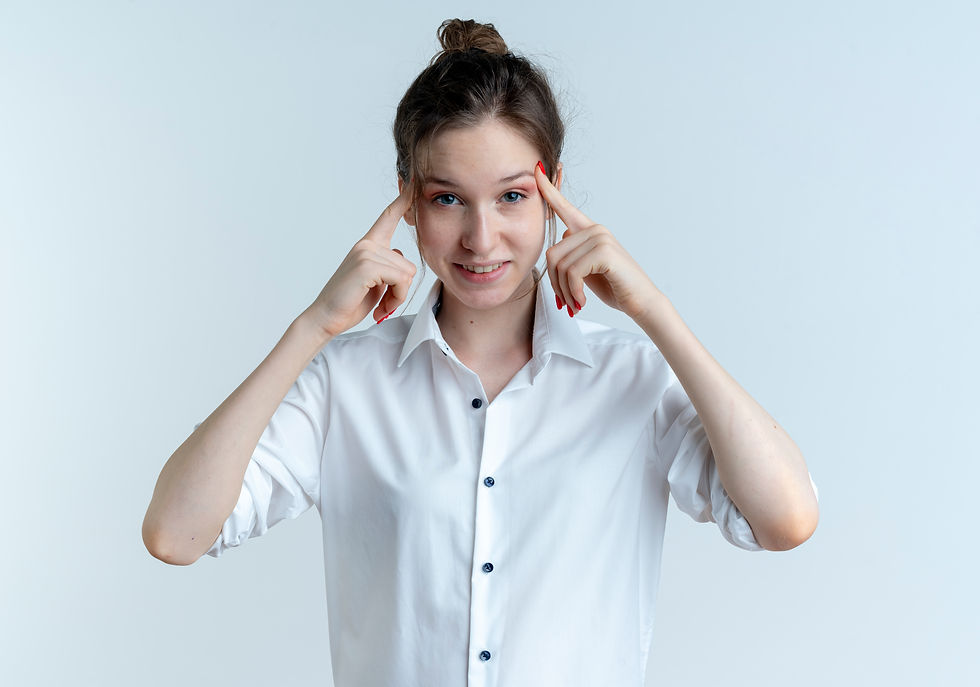Understanding Anxious Attachment in Relationships
- The Wise Self
- Dec 20, 2022
- 4 min read
Human beings long for that feeling of security, love, and care in a relationship. But sometimes, for different reasons, what we want can be threatened; when this happens, we can react out of fear and do what we think is best to keep it by our side. That constant need for contact, attention, and reassurance that we seek from our partner is called anxious attachment.
Why am I anxiously attached? How does the behavior of this type of attachment affect me? In this article you will find the answers.
What Is Anxious Attachment?
Anxious attachment is a type of attachment that is characterized by the need for constant contact. In couple relationships, the person with this type of attachment needs to be with their partner constantly. This could mean needing to share physical space or have consistent texting, calling, and check-ins.
If you are an anxiously attached person, you are going to want to hear from your partner all the time. For example, if you are not together and you write them a message and they do not respond, you will feel nervous, obsessively worrying about why they aren’t answering you. You may even create stories that have little to do with the reality of the situation.
Anxious attachment may develop because of how caretakers or parents treated you as a child. If parental figures were very present in your life during key developmental stages, it can leave lasting insecurities surrounding your loved one’s ability to care for you. Then as you grow and find yourself in a romantic relationship, the insecurity and fear of being abandoned can cause a constant need for affection and closeness that is explained by your anxious attachment style.

What Is Attachment?
Attachment can be defined as the bond that two people establish through their interactions. In attachment, emotions are intense, affective, and lasting, where intimacy and commitment are also sought.
Attachment develops when one person feels safe with another. Attachment styles are fostered at an early age and are based on the infant’s relationship with their parents or caregivers.
According to John Bowlby and his attachment theory, we are biologically reprogrammed to build bonds with others, and these help us survive. He also expressed that attachment is activated by threats to proximity, such as insecurity or separation.
Bowlby expresses that there are different attachment styles, these are:
· Secure: Development of healthy behaviors to relate to others.
· Anxious-Ambivalent: Anxious behaviors and constant search for affection from others.
· Avoidant: Difficulty in relating to others. Independence is excessive, and they hide from intimacy.
· Disorganized: Low perception of themself, mistrust in others. They are afraid, but eager to connect with other people.
Symptoms of Anxious Attachment in Relationships
There are necessary symptoms to identify an anxious attachment style. The most common symptoms are:
· You need constant contact with your partner.
· When you do not get an immediate response, you feel anxious.
· You do not know how to handle uncertainty.
· Your self-esteem is low.
· You seek constant validation from your partner.
· You create negative situations in your mind if you do not know about your partner.

How To Manage Anxious Attachment in My Relationship?
There are various strategies for you to work on anxious attachment. It is unhealthy for you to live in constant worry, so we’ve put together some ways in which you can work on your anxious attachment to better your connections:
#1 Analyze your behavior
Analyze the way you have been behaving, ask yourself what leads you to act like this. Once you’ve identified those triggering moments, attempt to question your reactions. When you accept it is an anxious attachment that you have, it will be easier to notice and ultimately change that behavior.
#2 Talk to your partner
Communication is essential in all inner circle relationships. If you are noticing a pattern in your anxious attachment, try talking your partner about how you feel so that they can better understand your behaviors. This will make it easier for you to hold accountability as you work through this self-reflection journey, and it will help your partner understand how they can act in ways that encourage you to feel relief from those anxious feelings.
#3 Work on yourself
Anxious attachment can arise due to low self-esteem, so working on yourself is one way you can manage it. Accept your virtues and defects, spend more time and be gentler with yourself. Remember that one of the most important loves is self-love.
#4 Go to therapy
Therapy is a good option if you feel you cannot manage your anxious attachment behaviors. The therapist will give you a series of tools to work on this type of attachment and will support you throughout this process. The Wise Self Psychotherapy Clinic has professionals prepared and ready to support you throughout the process.

Conclusion
Anxious attachment behaviors usually have nothing to do with what your partner does, but with how you interpret them. Wanting to know and always be with your partner, doubting the things they do, and seeing everything through a negative lens are not healthy actions and, in the end, they end up affecting your mental health.
Keep in mind that attachments are healthy, they are a biological part of our human nature and represent the feeling of security and protection that we seek; but, when negative perceptions, anxiety, and discomfort come into play, that is no longer healthy attachment.
If you have realized that you have an anxious attachment, you have already done the first step in self-reflecting and bettering your interpersonal relationships. If you are interested in taking this journey further, reach out to us today and set up a free 15-minute consultation.



